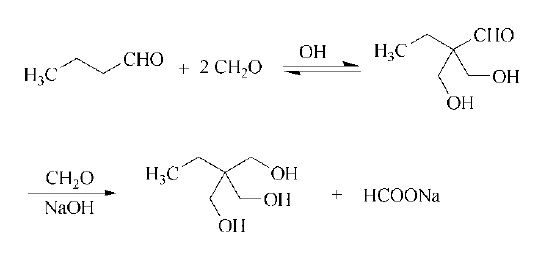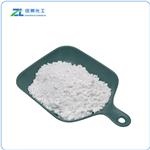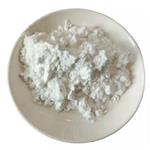Trimethylolpropane is a Colorless, hygroscopic crystals. Soluble in water and alcohol. Combustible.The three primary hydroxyl groups undergo the normal OH group reactions.
Trimethylolpropane acts as a precursor to alkyd resins, high-gloss coatings and ion exchange resins. It is also employed as a multifunctional monomer utilized for the production of coatings, ethoxylated and propoxylated trimethylolpropane derivatives. Further, it serves as a building block in the polymer industry.
Trimethylolpropane is used in saturated polyesters for coil coatings, alkyds for paints, polyurethanes for coatings and elastomers, acrylic acid esters for radiation curing, esters for synthetic lubricants, rosin esters and for surface treatment of pigments.
Large quantities of trimethylolpropane and its ethoxylated derivatives are used as precursors for urethanes and polyester resins. Another important field of application is in medium-oil and short-oil alkyd resins (→ Alkyd Resins). The resulting lacquers are characterized by excellent resistance to alkali, detergents, and water, combined with outstanding impact resistance and flexibility, as well as excellent clearness and clearness retention.
ChEBI: Trimethylolpropane is a primary alcohol. It is used as a precursor for the manufacture of resins including alkyds, saturated polyesters and polyurethanes (polyester polyol and polycarbonate diol).
Trimethylolpropane is made by the base-catalyzed aldol addition of butyraldehyde with formaldehyde followed by Cannizzaro reaction of the intermediate 2,2-bis(hydroxymethyl) butanal with additional formaldehyde and at least a stoichiometric quantity of base.

Various procedures have been suggested for separating the trimethylolpropane from the formate. For instance, the concentrated reaction solution can be extracted with an organic solvent, which is then evaporated and the crude trimethylolpropane is purifified by vacuum distillation. In another variant, the aqueous reaction solution is evaporated until most of the sodium formate crystallizes and is removed by hot fifiltration. The application of electrodialysis has also been suggested. The liquid trimethylolpropane which remains is liberated of residual salts with an ion exchanger and then distilled. The removal of discoloring impurities is described in. Cyclic diethers of the acetal type (1,3-dioxanes, formals) can be converted into TMP and methanol by metal-catalyzed hydrogenation. Removal of high boiling acetals by acid treatment has been described.
Crystallise it from acetone and ether and it distils at high vacuum. [Beilstein 1 III 2349.]




